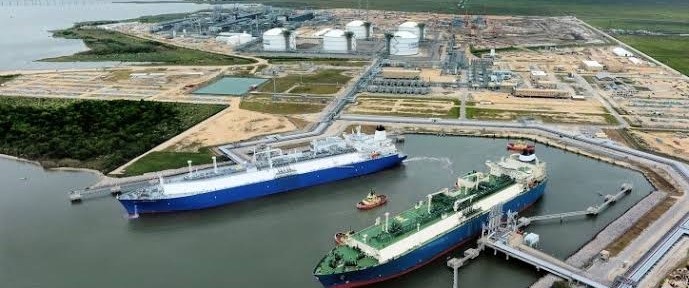The European Commission is considering pooling demand from European companies to collectively purchase more U.S. liquefied natural gas—part of an effort to meet its $750 billion energy trade deal with Washington. The initiative, announced Thursday, would be modeled after the EU’s 2022 AggregateEU program, which coordinated gas purchases following Russia’s invasion of Ukraine.
A Commission spokesperson said a U.S.-focused version of the program could launch as early as September if enough interest emerges. “We are ready to do that,” they noted, adding that the bloc could match EU buyers with U.S. LNG suppliers through 2050.
The problem? The volumes the EU has pledged to purchase have been criticized as being wildly out of step with reality.
Under the Trump administration’s landmark trade deal signed Sunday, the EU aims to buy $250 billion worth of U.S. energy—LNG, oil, and nuclear fuel—per year for three years. That figure would more than triple the EU’s current imports from the U.S., which totaled just $76 billion last year, according to Eurostat data.
Analysts say this goal is, in a word, unrealistic.
Even after years of expansion, total U.S. energy exports globally hit only $318 billion in 2024. And while LNG export capacity is growing—thanks to Golden Pass, Corpus Christi Stage 3, and Plaquemines LNG—those projects won’t bring enough new volumes online to satisfy this level of EU demand in the short term.
While companies remain free to choose suppliers, the Commission says it could launch a pooled LNG-buying round as early as September—if there’s enough interest. A dedicated platform hasn’t been approved yet, but officials say it could be rolled out quickly.
In theory, the Commission’s move to pool demand could improve negotiating leverage and long-term contract alignment. But in practice, with the U.S. already maxing out near-term LNG capacity and Asia outbidding the EU, Brussels may simply be organizing a larger waiting list.
Despite Commission assurances that the deal won’t compromise climate targets, questions remain—not just about emissions, but whether the gas physically exists to meet the pledge. As one analyst quipped this week, “Europe wants more U.S. gas than exists.”
By Julianne Geiger for Oilprice.com
More Top Reads From Oilprice.com

